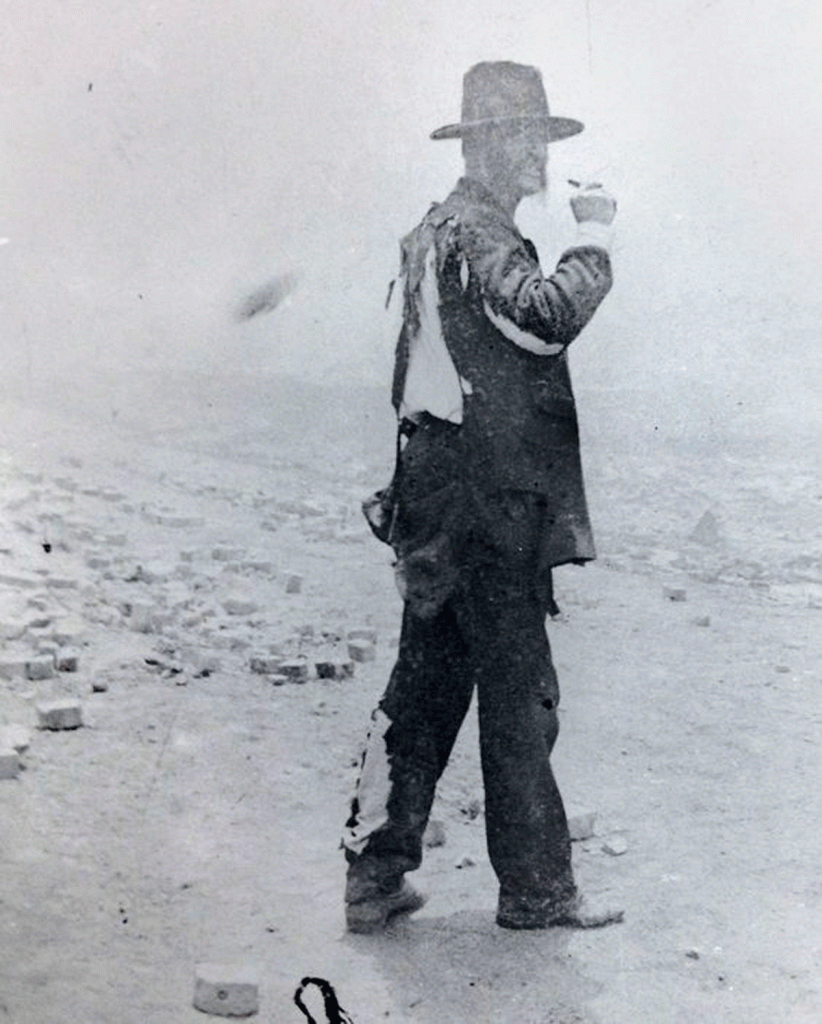When the 1918 flu epidemic reached Park City, the town went under quarantine at the insistence of Dr. Edward P. LeCompte. Although other town doctors thought a quarantine excessive, Dr. LeCompte’s minority opinion carried the day and he was named the city’s quarantine physician by Mayor Fitzgerald.
It was another example of Ed LeCompte’s leadership. Born in Maryland in 1846, he clearly had a yearning for the frontier West. He graduated from the Missouri Medical School in 1873 and by 1875 was riding with the famed Seventh Cavalry as an assistant surgeon. Fortunately, he was with General George Crook’s column instead of General George Armstrong Custer’s.
Crook’s army was in Wyoming’s Big Horn Mountains when Custer’s cavalry met its end, but eight days earlier Crook’s men fought a band of Sioux and Cheyenne warriors on their way to the gathering on the Little Big Horn. LeCompte’s surgical skills would have been needed for the 23 wounded. Some accounts say Crook’s men reached the Custer Battlefield days later and that LeCompte helped bury the dead.
Later that summer, Crook’s 2,000 soldiers outran their supplies trying to chase after Sioux warriors. Starving soldiers shot and ate some of their own horses and mules to survive. It became known as the “Horsemeat March.”
LeCompte stayed with the Army for ten years and mustered out at Fort Douglas in the foothills above Salt Lake City. He married Lydia Wells there and moved to the growing mining town of Park City to settle down in 1884, the year it officially incorporated as a city.
LeCompte’s busy practice included mining accidents, rampant disease, and mishaps involving everything from railroads to backyard swings. He treated everyone regardless of their ability to pay, keeping notes on who owed him on the wallpaper above his desk. Each year he papered over the old debts and forgot about them. When other town doctors refused on principal to treat the ladies of the night who worked “the row” along what’s now Deer Valley Drive, he did.
When the 1898 fire burned most of Park City, LeCompte battled flames so fiercely the back of his jacket and pants burned through. Another time a horse slipped and fell on Main Street and he raced into the Oak Saloon and badgered bar patrons into helping him lift the horse back on its feet.

Credit: Park City Historical Society and Museum
Late in life, Ed and Lydia toured Yellowstone National Park in their automobile – LeCompte pronounced it the highlight of his life. From riding with the 7th Cavalry to medicine in a pioneer town to driving a car through a national treasure, it was quite a lifespan. After he died in 1924, a letter writer to the Park Record wrote “So few really appreciated the long service he gave to humanity. So few paid him. There is a vacancy in Park City which no one else can fill.”